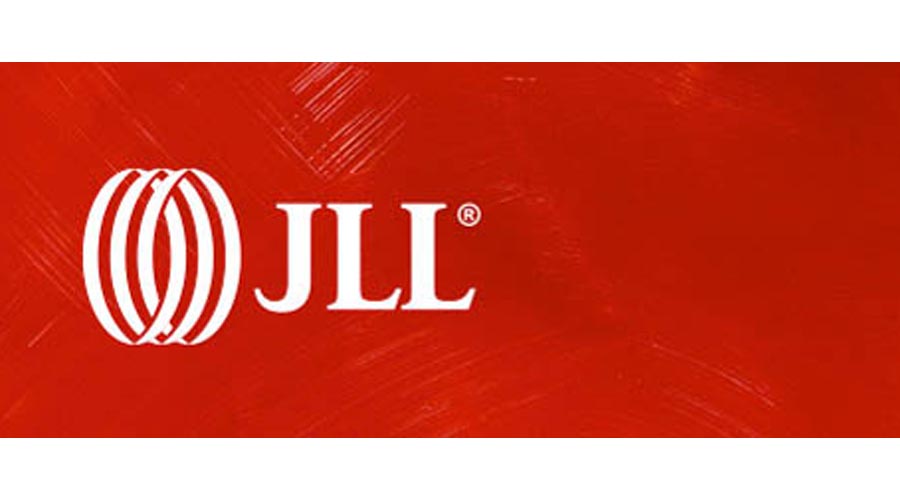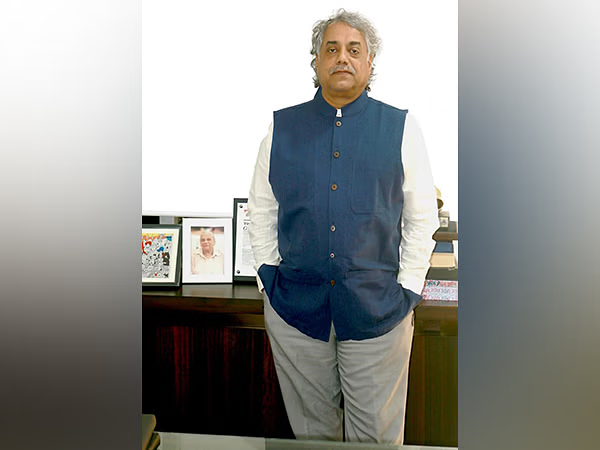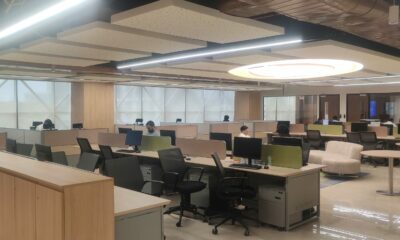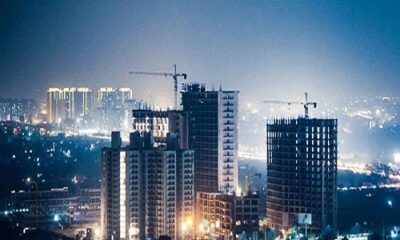Current affairs
JLL: Navi Mumbai – a success story of sustainable urbanization


The following is the report by Subhankar Mitra, Local Director – Strategic Consulting, JLL India
The idea of creating a new city as a counter magnet to Mumbai was originally envisaged in the Regional Plan of Mumbai Metropolitan Region (MMR) in 1965. The actual planning process of this new city began in 1971 after the formation of CIDCO, a Government-owned company for development of cities.
The initiative was spearheaded by renowned architect Charles Correa and a specialist team of planners, including Shirish Patel, Pravina Mehta and Chief Planner R. K. Jha. Their vision was to create a combination of 14 mini towns or nodes, each to be provided with connectivity through well-designed roads, and later on through railway networks. Recently, the metro system was added to the original master plan.
Infrastructure such as water supply, power, sewerage and rainwater discharge was meticulously designed. The concept of holding ponds helped in preventing the inundation of streets and buildings even during heavy monsoon rains. Thanks to this planned approach, the quality of infrastructure at Navi Mumbai today is much better than in most parts of Greater Mumbai.
Navi Mumbai was added as the last mega settlement zone of the MMR region in the ‘70s; other cities and conurbations already existed prior to the creation of this satellite city. Today, Navi Mumbai’s success as a city is vouchsafed by its tremendous growth over time. In a span of four decades, it has not only caught up with the existing settlements but has also become the second-largest settlement city within MMR in terms of population share. In the last decade, Navi Mumbai has grown at an incredible speed of 88 percent, which is the highest growth rate in the region.
Despite its fast growth, Navi Mumbai continues to be defined by a spatial openness that cannot be found anywhere else in MMR. Even given its high growth rate and burgeoning population size, the population density in Navi Mumbai – about one-third of the density of Greater Mumbai – is the lowest among all cities in the MMR region. This is one of Navi Mumbai’s key defining aspects and biggest USP as a real estate market – the quality of life available in this city.
Navi Mumbai also ranks high in terms of social indicators like literacy rate, which is over 95 percent among its predominantly middle-income population, as well as social and civic infrastructure.
The success of Navi Mumbai can be largely attributed to the efficient integration of economic activities and infrastructure. Even before the development of the city, there were two major industrial clusters in existence here, namely TTC and Kalamboli. The new Plan envisaged the growth of a new commercial district at CBD Belapur, an IT and Technology node at Mahape, wholesale and retail activity at Vashi, etc. All these economic nodes were later on integrated with the residential nodes by way of road and railway networks, and a good public transport system.
As the human capital in the city grew, it started gathering strength in the Knowledge sector as well. Today, the city boasts of many additional economic anchors such DAKC, Mind Space, Reliance Corporate Park and Siemens, to name a few. The only disappointment was CBD Belapur, which failed to attract the corporate sector from South Mumbai as initially envisaged. Today, CBD Belapur in fact faces huge competition from Bandra Kurla Complex (BKC) in Mumbai.
What The Future Holds
Navi Mumbai is now poised at the next stage of transition, which is likely to be by way of expansion of its services sector. The city already has the most key ingredients like good human capital, support infrastructure and land availability to become a strong service sector hub. What it lacks is faster and smoother connectivity with the existing commercial hubs of Greater Mumbai, particularly the suburbs. Without such linkage, there are definitely pitfalls to a smooth transition for Navi Mumbai’s economy.
There are two new major economic drivers are planned for Navi Mumbai – the proposed SEZs at Dronagiri, Ulwe and Kalamboli and the proposed international airport at Panvel. Both of these factors are expected to generate a massive amount of employment, providing a further impetus to the demand for commercial and residential developments.
The successive regional plans of MMR have laid emphasis on the further decongestion of Greater Mumbai. It is the high congestion premium that makes Greater Mumbai unaffordable, which is also under crushing pressure on its infrastructure, a victim to irreversible damage to its environment and overall degradation of quality of life.
The way forward for a more sustainable future of Greater Mumbai is to initiate a planning process that integrates it more closely and intensely with surrounding cities like Navi Mumbai. Only such measures will provide a vent-out for the crunched-up population out of the city.
Unfortunately, the proposed Development Plan of greater Mumbai (DP 2034) actually proposes a reversal of this concept. By increasing the FSI and diverting environment sensitive zones into ‘urbanizable’ zones, the message being sent is that decongestion of the city is not a priority anymore. For the larger benefit of the region, all DPs should be in line with the philosophy of the Regional Plan. The survival of Greater Mumbai will greatly dependent on the success of cities like Navi Mumbai.
-



 News4 weeks ago
News4 weeks agoKW Delhi 6 Mall Onboards New Brands
-



 News4 weeks ago
News4 weeks agoManasum Senior Living Launches IKIGAI GOA, A Senior Living Community in North Goa, in collaboration with Prescon Homes
-



 News4 weeks ago
News4 weeks agoBridging India Divide: Top 5 Tier- 2 Cities to Focus On
-



 News4 weeks ago
News4 weeks agoCommercial Realty Gets Tech Savvy: Fast Construction, Enhanced Convenience
-



 News3 weeks ago
News3 weeks agoGodrej Properties Sells Rs 3k cr+ Homes of Godrej Zenith, Gurugram, within 3 days
-



 News4 weeks ago
News4 weeks agoMultipoint Connection – A Definite Boon
-



 News3 weeks ago
News3 weeks agoRBI’s Status Quo on Key Policy Rates to Help Maintain the Real Estate Growth Momentum, Say Industry Stalwarts
-



 News1 week ago
News1 week agoOlive Announces Dhruv Kalro as Co-Founder



























